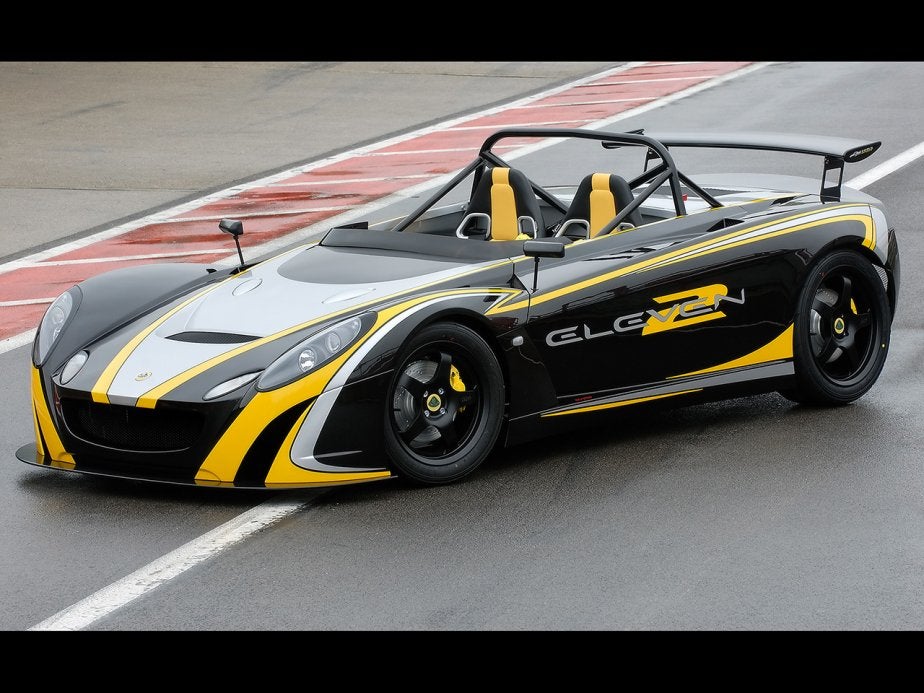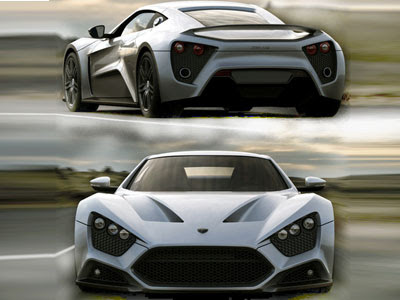
2010 Peugeot HR1 Concept image

2010 Peugeot HR1 interior photo

2010 Peugeot HR1 Concept wallpaper

2010 Peugeot HR1 Concept

2010 Peugeot HR1 Concept image
The Peugeot HR1 Concept is an exclusive and innovative urban concept car that blends together a number of genres (city run-around, coupé and SUV). It is targeted at active young city dwellers smitten with design and innovation who are in search of a vehicle that matches their profile.
Peugeot is always exploring new motoring ideas and this inventiveness has already given rise to many production vehicles and concept cars, including a number of genuine commercial and design successes (Coupé/Cabriolet, the 3008... and more recently the BB1 concept vehicle).
The Peugeot HR1 Concept is based on several different body designs: city run-around, coupé, SUV... and, in doing so, is creating its own identity and new and original benefits.
The Peugeot HR1 Concept has been created to appeal to young city dwellers; individuals and couples, who lead an active outgoing life and who seek out new lifestyle experiences in relation to their leisure activities and their mobility.
It is designed to make urban travel easy and pleasurable even in the busiest or most confined urban areas. It is helped by its particularly compact dimensions (a length of 3.67 m and very short front and rear overhangs) but also an original system for getting into and out of the vehicle. Based on the Marque's experience in this field, the Peugeot HR1 Concept has two electric "scissor" doors to facilitate access under all circumstances (restricted parking, small garage, etc...). To improve visibility and manoeuvrability and provide a dominant driving position, the ride height of the vehicle has been raised, also improving ground clearance.
The Peugeot HR1 Concept contains all the genes of the Peugeot Marque, whose new stylistic design codes were first unveiled on the SR1 Concept car. The Peugeot HR1 Concept shares the same expressive headlamps with their finely chiselled design and the single "floating" front grille which seems to be detached from the rest of the body, as the SR1.
The overall styling is athletic, powerful and dynamic and is strengthened further by the flowing wheel arches, large wheels and the raised sections above the rear windscreen, reminiscent of the "double bubble" roof design of the RCZ Coupé. The finesse of the superstructure, the two-tone interplay of polished and chrome materials, every component expresses the high level of build quality, a sign of the meticulous attention paid to every detail. This is true also of the headlamps and "full LED" rear lights, finished in the style of hi-tech jewels which give the car a unique signature by day and by night.
Innovation is a strong feature of all Peugeot models and especially the Peugeot HR1 Concept. At the rear, the roof bars serve as an ingenious hinge for the opening one-piece, dark tinted glass tailgate.
In keeping with the recent design trends of the Marque's latest vehicles, the interior of the Peugeot HR1 Concept has a structured design, with a "High-Tech Coupé" driving position, providing a special ambiance through the combination of style, quality of finish, equipment and ergonomics.
The driver and passenger are both provided with a "privileged area" within the vehicle, separated by a centre console which adds to the futuristic design and helps increase light levels due to the use of electroluminescent diodes. The fitment of the two glazed roof sections, dedicated to the right and left occupants, with an electro-chrome finish, also help to diffuse more light on request.
The car's instrumentation suggests total command of the vehicle by the driver, with ergonomically placed controls, a small steering wheel, and a "Head-Up" display allowing information to be seen without the driver taking their eyes off the road.
The passenger compartment of the Peugeot HR1 Concept has a very "authentic" feel, dynamic, technological and protective, able to shield its occupants from the stress of the outside world.
The Peugeot HR1 Concept is equipped with particularly innovative controls which operate what is known as the "man-machine interface". The concept car thus has a "movement recognition" system. Simple and intuitive, this allows the driver to scroll through functions and select available settings with a simple movement of the hand. For example, by rotating the hand the user can scroll menus, displayed in the manner of a carousel. The driver can also choose to switch control of the menus to the front passenger, with a sweep of the hand from left to right.
The technology controlled by this method includes the audio, satellite navigation and air conditioning systems. The driver can also select, at his discretion, the preferred type of information to be displayed in the instrument panel: rev counter, water and oil temperature during "dynamic driving", or tourist information when "cruising". The front passenger, meanwhile, benefits from a mobile PC tablet which allows data to be shared and exchanged with the driver's display.
The ingenuity of the Peugeot HR1 Concept resides also in its modularity. It has been designed primarily for young city dwellers without children, in search of a fun vehicle that is fashionable and roomy enough to carry their leisure equipment (bicycle, diving equipment, etc...) or be loaded up with shopping. Its load area, practical and accommodating thanks to its flat floor and sides, offers a load space of 734 litres.
The passenger compartment can be very quickly configured to accommodate either three or four full size seats, thanks to the clever "stowaway seat" system. With this system the rear seats fold down flat and then fit snugly behind the front seats creating a flat load area floor. As on the RCZ, the special shape of the rear tailgate glass with its raised "double bubble" sections, allows the rear headroom to be optimised. When both rear seats are raised, the boot capacity is reduced, but it still offers a substantial 180 litres of space.
One of Peugeot's key priorities is to retain its environmental leadership over the coming years. In this respect, the Peugeot HR1 Concept, which is most at home in the city, needed to meet this brief by being particularly efficient and innovative.
The Peugeot HR1 Concept, therefore, incorporates Peugeot's innovative HYbrid4 technology with all its associated benefits. With an internal combustion engine at the front and an electric motor at the rear it can be driven as often as possible in "zero emissions" mode in town at low speed, or with both "engines" together, providing four-wheel drive capability where challenging surfaces warrant it.
Under the bonnet, the internal combustion engine which drives the front wheels is a new three cylinder petrol unit. It has a capacity of 1.2 litres and, using Peugeot's THP technology, produces 110 bhp. It is one of the members of the future family of three cylinder engines currently under development. As part of Peugeot's downsizing strategy, the engine has been developed using the most advanced technologies, combining both a high level of performance with environmental efficiency.
It is linked to a 37 bhp electric motor and, therefore, has a maximum potential power output of 147 bhp, with a combined fuel consumption of 81 mpg and CO2 emissions of just 80 g/km.
The electronically-controlled 6-speed manual gearbox (with control paddles on the steering wheel and a centrally mounted gear lever) coupled with this power train is designed to offer maximum control. The driver can also opt between two modes of operation, sequential or automatic.
The Peugeot HR1 Concept has a pseudo McPherson front suspension and a torsion beam rear suspension. Steering is provided by an electric power steering system which offers excellent handling characteristics at low speed, astonishing agility during manoeuvres and maximum accuracy at higher speeds, for good all-round performance.
With its high-performance suspension, efficient steering and new power train, the Peugeot HR1 Concept provides a unique driving experience, combining the emotion of real driving enjoyment with the rigour of genuine environmental efficiency.
 2010 Mercedes-Benz Biome Concept photo
2010 Mercedes-Benz Biome Concept photo 2010 Mercedes-Benz Biome Concept
2010 Mercedes-Benz Biome Concept 2010 Mercedes-Benz Biome Concept image
2010 Mercedes-Benz Biome Concept image 2010 Mercedes-Benz Biome Concept picture
2010 Mercedes-Benz Biome Concept picture 2010 Mercedes-Benz Biome Concept wallpaper
2010 Mercedes-Benz Biome Concept wallpaper



























 Lotus 2-Eleven (2007) car
Lotus 2-Eleven (2007) car




